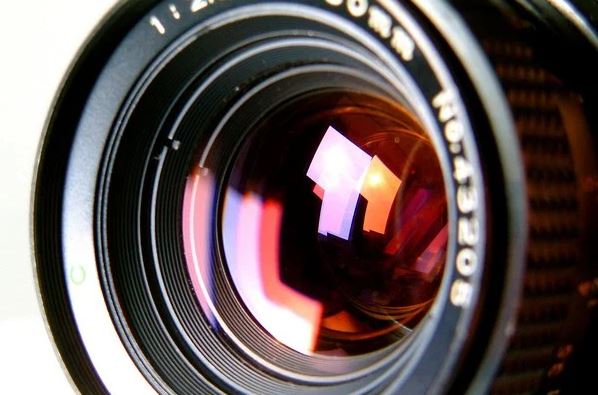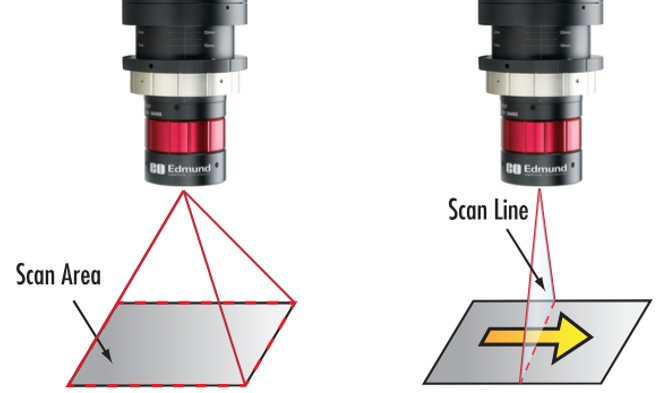
Imaging relies on different types of sensors, including matrix sensors and linear sensors, each addressing specific needs based on application constraints. In this article, we will explore their characteristics, advantages, and disadvantages, particularly using the example of book scanners, but also other applications such as industrial inspection.
understanding the difference between matrix and linear sensors
A matrix sensor consists of a grid of pixels arranged in two dimensions, similar to those found in digital cameras. It captures a complete image in a single instant, enabling fast and uniform acquisition.
A linear sensor, on the other hand, consists of a single row of pixels. To capture a complete image, the object to be scanned must move past the sensor, or vice versa, allowing the image to be progressively reconstructed line by line.

the case of book scanners
In the field of heritage and document digitization, the choice between a matrix sensor and a linear sensor is crucial.
- Matrix sensors: They enable rapid image acquisition in a single shot, ideal for instant-capture scanners. This type of sensor is preferred for scanning flat documents, requiring high acquisition speed and avoiding distortions caused by movement.
- Linear sensors: They are generally used in scanners operating by scanning movement. The main advantage lies in their very high resolution and their ability to capture uniform image quality across the entire document surface. They are particularly suited for books and documents requiring extreme precision, especially for heritage preservation applications.
other industrial applications
Production line inspection
Industry widely uses linear sensors for quality control of moving products. On a production line, a matrix sensor would be limited by its capacity to capture a still image instantly, whereas a linear sensor can analyze a continuous strip of material (paper, textiles, metal, printed circuits, etc.) with very high precision.
Surface control and 3D inspection
In surface inspection, linear sensors are often used to examine coatings, films, or metal plates. They allow for fine defect detection due to their high resolution and ability to analyze moving objects.
Matrix sensors, on the other hand, are useful for inspecting stationary objects or when rapid image capture is crucial, such as for industrial vision robots or certain automatic sorting applications.
Medical and scientific imaging
In specialized fields such as medical imaging or scientific analysis, linear sensors are used for applications requiring extremely high resolution on a single dimension, such as MRI scanners or certain spectral imaging techniques.
conclusion: a choice driven by application
The choice between a matrix sensor and a linear sensor depends primarily on the application and specific constraints. Matrix sensors are ideal for fast, global acquisitions, while linear sensors excel when very high resolution and progressive acquisition are required. In fields such as heritage digitization, industrial quality control, or scientific imaging, these two technologies coexist and address complementary needs.
Whether for heritage preservation, optimizing production quality, or improving medical imaging, selecting the right type of sensor is essential to ensure optimal image acquisition.
